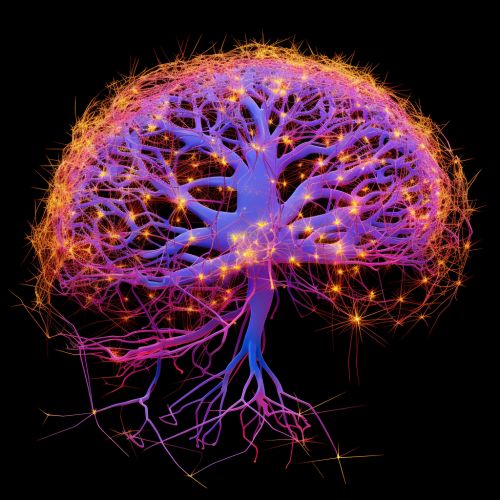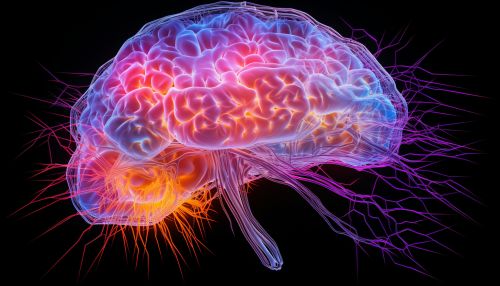Cognitive Neuroscience of Cognitive and Spatial Memory
Introduction
Cognitive neuroscience is a branch of neuroscience that explores the biological processes that help us to understand complex cognitive functions such as learning, perception, and memory. This field combines the principles of neuroscience and psychology to study how the brain enables the mind. One of the key areas of focus within cognitive neuroscience is the study of cognitive and spatial memory.


Cognitive Memory
Cognitive memory refers to the mental processes that enable us to encode, store, and retrieve information. It is a critical component of learning, allowing us to build on previous knowledge and experiences. Cognitive memory is often divided into three main types: sensory memory, short-term memory, and long-term memory.
Sensory Memory
Sensory memory is the shortest-term element of memory. It involves the ability to retain impressions of sensory information after the original stimuli have ended. For example, the ability to remember what you just saw or heard even after the stimulus is no longer present.
Short-term Memory
Short-term memory, also known as working memory, is the information that a person is currently thinking about or is aware of. It is stored for approximately 20 to 30 seconds. The capacity of short-term memory is limited, typically to around seven items, but it can be increased through a process called chunking.
Long-term Memory
Long-term memory is the final stage of the dual memory model proposed by Atkinson and Shiffrin, and involves the storage of information over extended periods of time. The capacity of long-term memory is virtually limitless, and the duration can be as short as a few minutes or as long as decades.
Spatial Memory
Spatial memory is a cognitive process that enables a person to remember different locations as well as spatial relations between objects. This type of memory is critical for navigating through familiar and unfamiliar environments. Spatial memory is often modeled through the use of tasks such as the Morris water maze and Radial arm maze.
Neurobiology of Cognitive and Spatial Memory
The neurobiology of cognitive and spatial memory involves understanding the specific brain regions and neural circuits involved in memory processes. Key brain structures involved in cognitive and spatial memory include the hippocampus, the amygdala, and the prefrontal cortex.
Hippocampus
The hippocampus is one of the most studied brain regions in the field of memory. It is crucial for the formation of new memories, both cognitive and spatial. The hippocampus is also involved in the consolidation of information from short-term memory to long-term memory.
Amygdala
The amygdala is involved in emotional memory, which can affect cognitive and spatial memory. For example, if an emotional event occurs at a specific location, the amygdala may strengthen the memory of that location.
Prefrontal Cortex
The prefrontal cortex is involved in working memory. It helps to keep information in mind for short periods, and to manipulate this information for use in cognitive tasks.
Cognitive Neuroscience Research Methods
Cognitive neuroscience uses a variety of research methods to study the neural basis of cognitive and spatial memory. These include neuroimaging techniques such as functional magnetic resonance imaging (fMRI) and positron emission tomography (PET), as well as neuropsychological tests and experimental paradigms.
Conclusion
Cognitive neuroscience provides valuable insights into the complex processes that underlie cognitive and spatial memory. By understanding the neural mechanisms that support these forms of memory, we can develop more effective strategies for enhancing memory and cognition, and for treating memory-related disorders.
